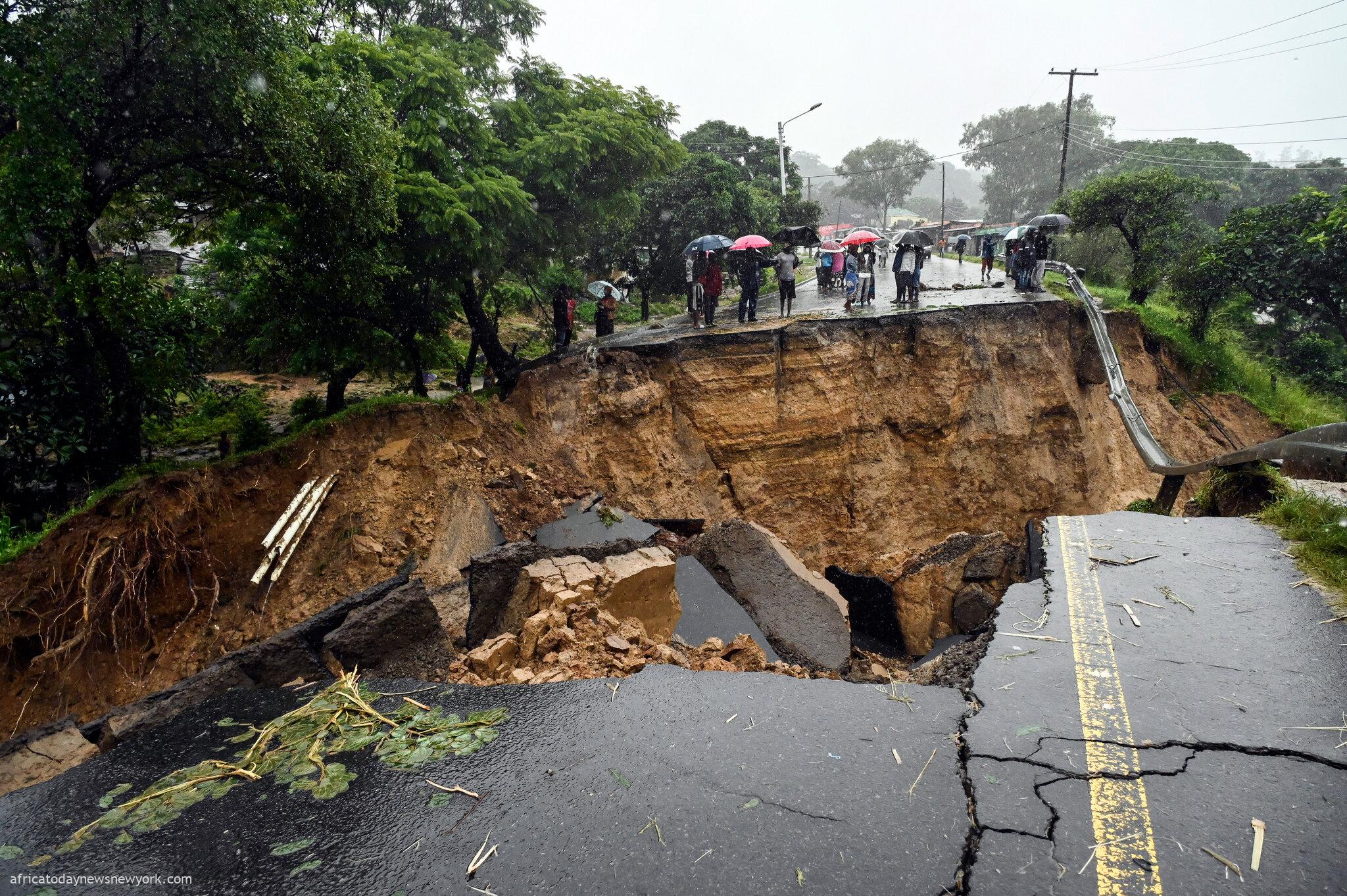Authorities in Malawi, Mozambique, and Madagascar have confirmed that the death toll in southeast Africa due to the exceptionally long-lasting Tropical Cyclone Freddy has now soared to 522.
The number of fatalities increased to 438 on Saturday, according to the disaster management officials in Malawi, the country that was most severely affected by the cyclone. Lazarus Chakwera, the president of Malawi, announced a 14-day period of national mourning on Thursday.
There are hundreds of evacuation centres set up across the nation for survivors, with 345,000 people impacted by the severe rains, floods, and landslides, and tens of thousands of people left homeless in Malawi.
Southeast Africa was left devastated by the cyclone. Madagascar, an island nation, as well as neighbouring Mozambique have been impacted.
In Mozambique, at least 67 people died, according to President Filipe Nyusi, with 50,000 more displaced.
It is expected that the death toll in both nations will continue to climb. At least 17 people were killed in the island nation of Madagascar.
Cyclone Freddy dissipated over land late Wednesday after it made a second landfall in Mozambique and then Malawi over the weekend and caused mass devastation in several regions, including Malawi’s financial capital, Blantyre.
Reporting from Makanga, an island in Malawi, Al Jazeera’s Fahmida Miller said that while rescue services were continuing, they have been slow to transport people from flooded islands to the mainland.
‘So far, they [the police services] have reached about 1,300 people, but hundreds more are waiting. They have had to seek refuge in trees. Their homes have been washed away and they also don’t have any food,’ said Miller.
‘It will certainly be at least a few more days before a bigger dent is made in terms of rescuing people in places like this, which have been very difficult to reach up until now,’ she added.
Freddy first made landfall on February 21 in Madagascar. From there, the storm moved on to Mozambique and then back across the Indian Ocean. On March 11, it reached Mozambique for the second time and then moved on to Malawi.

